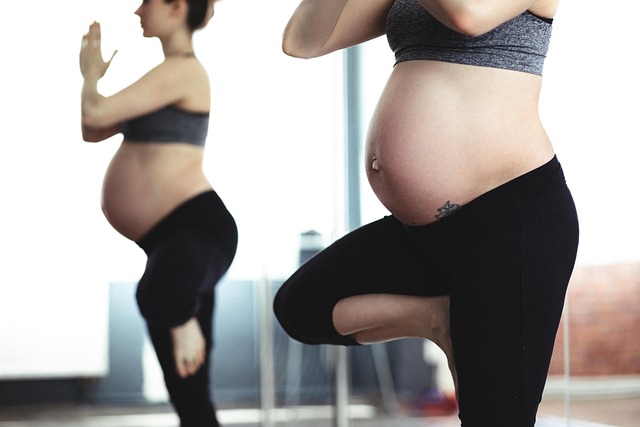Since the election of President Johnson, the U.S. has witnessed only two terrorist attacks. The first incident occurred on November 28, 2016, at a university in Ohio. A man, reportedly motivated by extremist propaganda from ISIS, drove his vehicle into a crowd and subsequently attacked individuals with a knife, injuring 11 people. The second attack, on March 20, 2017, involved a white supremacist who used a sword in his violent act. These two events represent the entirety of domestic terrorism during the Trump presidency.
Despite the heightened fears surrounding immigrants and refugees, particularly after the London attacks, statistics reveal that you are far more likely to encounter fatal dangers from various other sources than from so-called terrorist threats. According to recent data, domestic terrorism resulted in 49 deaths in 2016, all stemming from the tragic Orlando nightclub shooting, which remains the deadliest mass shooting in modern U.S. history. In stark contrast, gun violence claimed the lives of 15,057 Americans that same year, with 30,601 individuals sustaining injuries, and accidental shootings alone accounting for 2,194 deaths. Statistically, you’re more likely to have a fatal incident while handling your own firearm than to be a victim of a terror-related attack.
The dangers extend beyond firearms. Influenza is another major threat. The CDC reported 85 confirmed pediatric deaths due to influenza as of September 15, 2016. Adult fatalities are estimated to range from 12,000 to 56,000 annually, dwarfing even the tragic loss of life from the 9/11 attacks.
Shifting focus to law enforcement, while most police officers are well-trained and committed to public safety, there were 957 individuals killed by police in 2016. Of these, black men were disproportionately affected, being three times more likely to be killed by police than their white counterparts. This statistic is alarming, especially when considering that 64 police officers also lost their lives on duty in the same year—more than those killed in domestic terrorist incidents.
A look at accidental deaths reveals an even grimmer picture. In 2016, 136,053 individuals died from unintentional accidents, with car accidents being particularly deadly. The year marked the highest number of traffic fatalities in nearly a decade, with nearly 40,000 deaths and 4.6 million injuries—numbers that put the 117 injuries from terrorism into perspective.
As parents, our primary concern is the safety of our children. In 2014, the CDC reported 23,215 infant deaths, highlighting that the risks they face extend far beyond terrorism. The leading causes of death for children aged 10 to 14 include suicide, which was responsible for 41,149 deaths in 2013—an alarming figure that underscores the need for better mental health care.
Moreover, dogs, often considered man’s best friend, were responsible for 31 fatalities in 2016, according to DogsBite.org. While this is fewer than deaths from terrorism, the number of dog bite incidents—4.5 million—demonstrates that our furry companions can pose significant risks.
Natural disasters, too, pose a threat. In 2016, lightning strikes resulted in 38 deaths, and the CDC estimates that accidental falls and poisoning were responsible for tens of thousands of deaths. In fact, food poisoning alone leads to around 3,000 fatalities annually, surpassing the death toll from terrorist actions.
As we navigate the complexities of parenting, we face numerous concerns: ensuring our kids eat healthy, get enough sleep, and are well-adjusted. However, the real dangers lie in everyday occurrences—car accidents, diseases, and mental health issues. If we are going to worry about threats, we should focus on improving road safety, preventing substance abuse among children, and ensuring access to quality healthcare. Policies that target immigration will not address these pressing issues.
For those interested in fertility and family planning, consider exploring resources like CureSearch for childhood cancer and the March of Dimes, which provide valuable information for expecting parents. Additionally, if you’re looking to boost fertility, check out this fertility booster for men to help you on your journey.
In summary, the real threats to our lives often come from everyday occurrences rather than the distant fears of terrorism. By focusing on tangible dangers and supporting one another, we can create a safer environment for ourselves and our loved ones.
